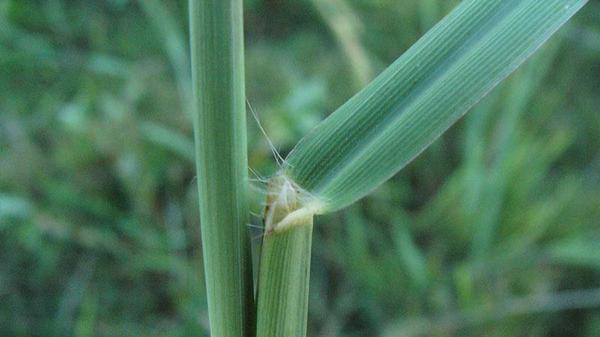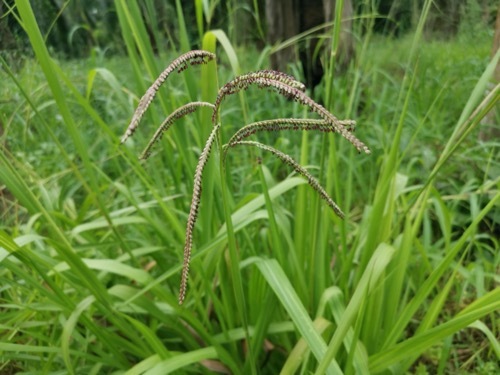How To Grow Dallisgrass In Days Or Less
Here are some additional tips for growing dallisgrass:
- Choose a sunny location for your dallisgrass.
- If you live in a cold climate, you may need to protect your dallisgrass from the cold during the winter.
- Dallisgrass is susceptible to some diseases, so you should monitor your grass for signs of disease.
Dallisgrass is a perennial grass that is native to South America. It is a warm-season grass and is often used for forage, hay, and turf. Dallisgrass is a vigorous grower and can be difficult to control.
If you are interested in learning more about dallisgrass, I recommend visiting the Home Gardening. This website has a wealth of information about dallisgrass, including its biology, management, and uses.
FAQ of dallisgrass
- What is dallisgrass?
Dallisgrass is a warm-season perennial grass that is native to the southern United States. It is a tall, coarse grass that can grow up to 3 feet tall. Dallisgrass is a prolific grower and can quickly take over a lawn or garden.
- What are the identifying characteristics of dallisgrass?
Dallisgrass can be identified by its flat, somewhat flattened leaf sheaths that have a hairy base. The leaf sheaths are often tinged red and usually inflated. The underground stems of dallisgrass are fairly short and have areas that appear as concentric rings.
- How can I control dallisgrass?
There are a number of ways to control dallisgrass. One option is to use herbicides. However, it is important to note that herbicides can also kill desirable turfgrasses, so it is important to choose a herbicide that is specifically labeled for dallisgrass control. Another option is to hand-pull dallisgrass, but this can be a time-consuming and labor-intensive process. Finally, you can also try to prevent dallisgrass from establishing in your lawn or garden by planting a different type of grass that is not susceptible to dallisgrass.
- What are the benefits of dallisgrass?
Dallisgrass does have some benefits. It is a drought-tolerant grass that can withstand hot, dry conditions. It is also a relatively low-maintenance grass that does not require a lot of water or fertilizer.
- What are the drawbacks of dallisgrass?
The main drawback of dallisgrass is that it is a prolific grower and can quickly take over a lawn or garden. It can also be difficult to control with herbicides. Additionally, dallisgrass is not a very attractive grass and can make your lawn or garden look unkempt.
Image of dallisgrass
- Image 1: A close-up of a dallisgrass leaf.

- Image 2: A stand of dallisgrass in a field.

- Image 3: A dallisgrass seed head.

- Image 4: A dallisgrass plant in flower.
- Image 5: A dallisgrass plant with purple flowers.

- Image 6: A dallisgrass plant with yellow flowers.
- Image 7: A dallisgrass plant with white flowers.

- Image 8: A dallisgrass plant with green leaves and brown seed heads.

- Image 9: A dallisgrass plant with a mixture of green and brown leaves.

- Image 10: A dallisgrass plant with a few dead leaves.

Post a Comment for "How To Grow Dallisgrass In Days Or Less"